What do you know about Deep Learning?
Deep Learning is an adaptation of AI-Artificial Intelligence and ML-Machine Learning concepts that replicates the way in which human beings acquire knowledge. It is an indispensable part of the sector of data science by including both predictive modelling and statistical investigation.
Some basics to know about Deep Learning
The 5 necessities for beginning Deep Learning Projects are listed below.
Preparing with your system- A PC with at least minimum specifications need to be prepared for starting with the deep learning application.
Know about Python programming- Know all the basic tools and functions needed to program with the help of python, as it is mostly used for deep learning applications.
Know Linear Algebra and Calculus- Knowing all the basics of calculus and linear algebra
Probabilities and Statistical analysis- Be ready to make use of statistical analysis and concepts of probabilities depending upon the application.
Major Concepts in Machine Learning - All the important concepts of machine learning methods needed to be known.
What is the future scope of Deep Learning?
The future scope of Deep Learning is listed one by one.
Deep learning concepts have the potential to be applied in NLP or many computer vision utilizations.
A system that is as close as possible to human behaviour can be constructed with Deep learning.
Tech giant acquiring “DeepMind Technologies” indicates the prevalence of deep learning.
Reasoning processes in a decision-aiding system need deep learning.
As the quality and complexity of applications handled by deep learning are higher, the expertise needs also have to increase with it.
Few Deep Learning Projects Ideas to know
Some of the Deep Learning Projects Ideas have been compiled and given below. Then all Deep Learning Projects Ideas will be briefed one by one.
Discriminating Feature-based Learning to Classify Thorax Ailment with X-Ray Images of Chest
Yolo-dependent Practical Human Identification for Intelligent Video Monitoring
A Classical Integration of Deep Learning and Machine Learning methods to classify COVID-19
DL-oriented Felis Cetus Classification operation by using Logistic Regression and CNN
Detection of currency by deploying Artificial Intelligence (AI) Methodologies
Pic Quality Improvement for Wheat Rust affected Pics by deploying Histogram Equalization Approach
Small Entity Identification based on YOLOv3 towards successful recognition of Pedestrian
Weed Detection with Image Processing and Deep Learning in the Plantation process of Vegetables
Discriminating Feature-based Learning to Classify Thorax Ailment with X-Ray Images of Chest
Any ailments in the X-ray of thorax regions could be efficiently handled and classified by introducing the deep learning methods.
A Model-dependent Deep Dehazing process with Deep Learning
The methods based on Deep Learning could be introduced into a typical dehazing process to achieve greater visual soundness.
Yolo-dependent Practical Human Identification for Intelligent Video Monitoring
Deep Learning could be utilized to identify humans in applications like directing physically disabled persons and assuring protection.
Segmenting the Retinal Lesions in Fundus Images by deploying the structure of the Auto Encoder-Decoder
The structure of the Auto Encoder-Decoder could be deployed to successfully make the early detection of lesions in the fundus image with deep learning.
A Classical Integration of Deep Learning and Machine Learning methods to classify COVID-19
A proficient COVID-19 prevention system could be developed by achieving the integration of both ML and DL methods.
DL-oriented Felis Cetus Classification operation by using Logistic Regression and CNN
The breeds of animal ‘cat’ could be efficiently classified by the combined contribution of Logistic Regression and CNN.
Transfer learning-powered entity identification with CNNs
An entity could be identified with ease if that system could be powered with the transfer learning concept and CNN.
IoT and Deep Learning powered Infection Controlling method for Augmented Screening and Face Mask Identification
IoT and Deep learning-powered infection system could be developed to prevent COVID-19 spread.
A Deep Learning dependent Distributed Intelligent Monitoring Structure using Cloud and Edge Computing
A monitoring setup could be improved by using the deep learning concept with Cloud and Edge Computing.
Detection of currency by deploying Artificial Intelligence (AI) Methodologies
Any fakeness in the currencies that we use in our day-to-day life could be identified easily with the proper deployment of deep learning-based AI.
Pic Quality Improvement for Wheat Rust affected Pics by deploying Histogram Equalization Approach
Proper investigation of the affected white rust plant could be made possible by making use of a deep learning-based Histogram equalization approach.
Classifying the Herpes Zoster with Improvised GoogleNet Prior trained Network
Even the chronic skin ailments could be classified with the help of deep learning-based Google Net that was priorly trained.
Image Processing-based Food Identification CNN
Automated billing could be ideally achieved by the successful identification of various food items served in a restaurant or mess set-up by using CNN.
Small Entity Identification based on YOLOv3 towards successful recognition of Pedestrian
YOLOv3-based small entity identification system could be developed by the proper deployment of deep learning techniques so that the recognition of pedestrians need not be compromised.
Weed Detection with Image Processing and Deep Learning in the Plantation process of Vegetables
A proper detection of weeds could be achieved by integrating the outcomes of image processing and deep learning in order to benefit the plantation process of vegetables.
Also read : Machine Learning Projects for Final Year CSE
Few Deep Learning Mini Projects to know
Some of the Deep Learning Mini Projects have been listed to give a basic idea regarding how mini-projects dealing with deep learning will be.
Face Identification by using CNN Algorithm and Computer Vision
Electrical Load Management system with Price prediction with Deep Learning
Teaching Staffs Authorization System with Facial Recognition enabled
What should I do to succeed in a Deep Learning project?
The following are the basic steps to succeed in any deep learning project.
Define the Architecture
Draft the Model
Make the model fit
Analyze and forecast
Implement the model
Define the Architecture
Define the needed kind of architecture and related network is the foundation step.
Draft the Model
Then, the drafting of the model is done by defining crucial elements in order to facilitate the next fitting operation.
Make the model fit
Once you completed the above two steps, next, one needs to fit the drafted model into the dataset of interest for training it. Here, various inputs and outputs are decided.
Analyze and forecast
The practical suitability of your fitted model needs to be ensured so that it can efficiently perform when deployed. The model needs to be performing well with any kind of test data that was taken.
Implement the model
After completing all the above-mentioned four steps, it is then at the discretion of the implementing person, whether he or she needs to implement the built model by properly identifying the target audience. These implementations could be done by using many service providers, for instance, Amazon Web Services is one such service provider that aids in implementing the deep learning-based models.

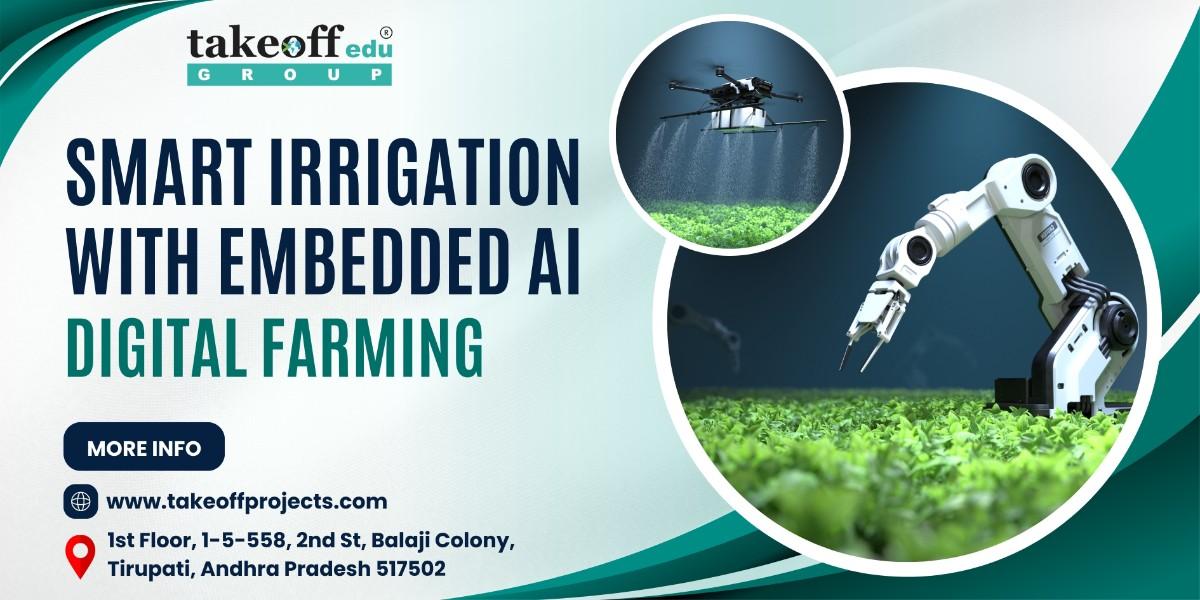 Smart Irrigation with Embedded AI: Digital Farming
Smart Irrigation with Embedded AI: Digital Farming 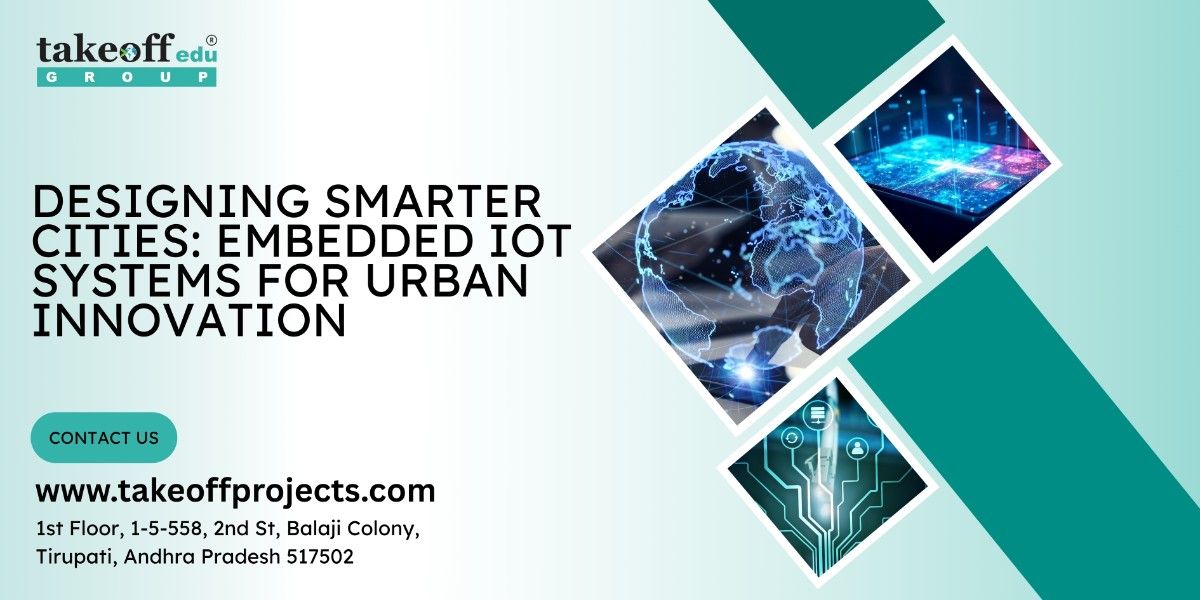 Designing Smarter Cities: Embedded IoT Systems for Urban Innovation
Designing Smarter Cities: Embedded IoT Systems for Urban Innovation 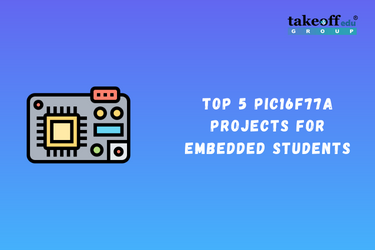 Top 5 PIC16F77A Projects for Embedded Students
Top 5 PIC16F77A Projects for Embedded Students  Top 7 Arduino Projects for Students
Top 7 Arduino Projects for Students  Top 5 Node MCU Projects
Top 5 Node MCU Projects  Top 5 Raspberry Pi Projects
Top 5 Raspberry Pi Projects 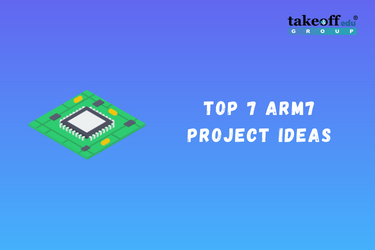 Top 7 ARM7 Project Ideas
Top 7 ARM7 Project Ideas 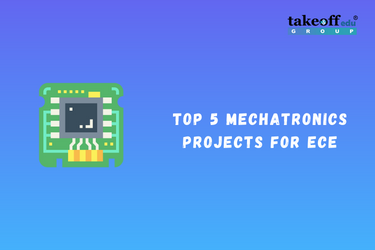 Top 5 Mechatronics Projects for ECE
Top 5 Mechatronics Projects for ECE 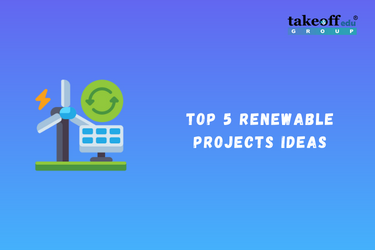 Top 5 Renewable Energy Projects Ideas
Top 5 Renewable Energy Projects Ideas  Top 7 Biomedical Projects for Students
Top 7 Biomedical Projects for Students 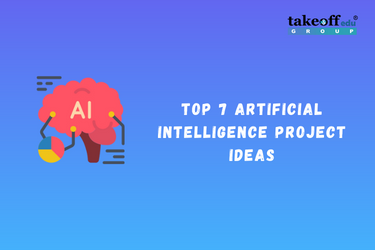 Top 7 Artificial Intelligence Project Ideas
Top 7 Artificial Intelligence Project Ideas 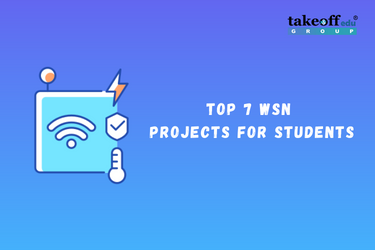 Top 7 WSN Projects for Students
Top 7 WSN Projects for Students 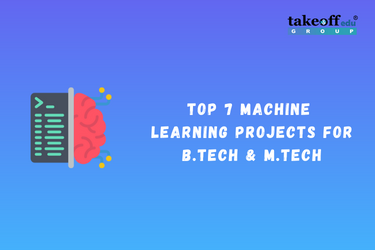 Top 7 Machine Learning Projects for BTech & MTech
Top 7 Machine Learning Projects for BTech & MTech  Top 7 Image Processing Projects
Top 7 Image Processing Projects 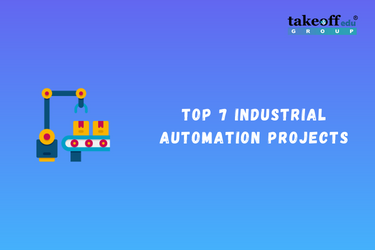 Top 7 Industrial Automation Projects
Top 7 Industrial Automation Projects 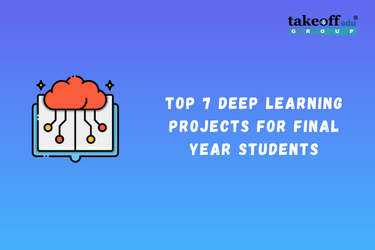 Top 7 Deep Learning Projects for Final Year Students
Top 7 Deep Learning Projects for Final Year Students 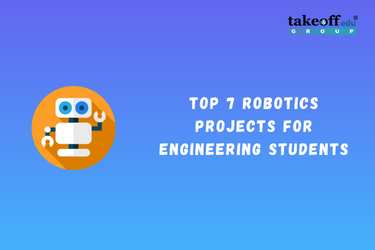 Top 7 Robotics Projects for Engineering Students
Top 7 Robotics Projects for Engineering Students 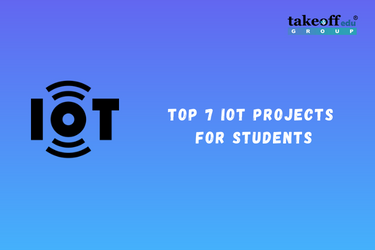 Top 7 IoT Projects for Students
Top 7 IoT Projects for Students 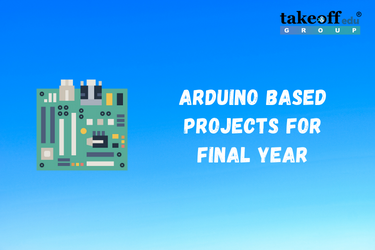 Arduino based Projects for Final Year
Arduino based Projects for Final Year  Embedded Projects for ECE
Embedded Projects for ECE  FPGA Projects for Engineering Students
FPGA Projects for Engineering Students  Machine Learning Projects for Final Year CSE
Machine Learning Projects for Final Year CSE 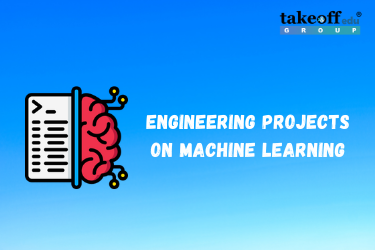 Engineering Projects on Machine Learning
Engineering Projects on Machine Learning 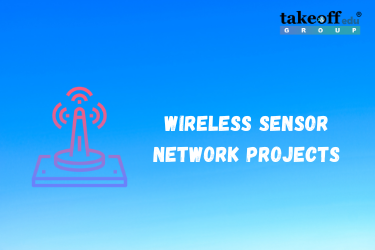 Wireless Sensor Network Projects
Wireless Sensor Network Projects 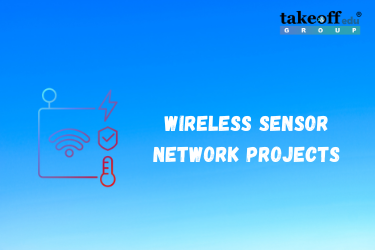 Wireless Sensor Network Projects with Source Code
Wireless Sensor Network Projects with Source Code 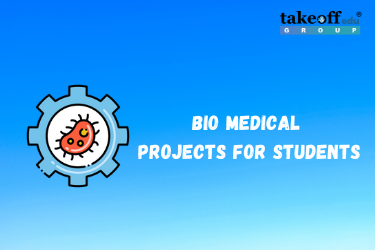 Latest Bio Medical Projects for Students
Latest Bio Medical Projects for Students 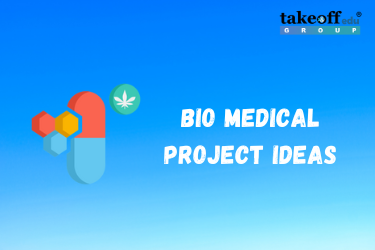 Innovative Bio Medical Project Ideas & Topics 2022
Innovative Bio Medical Project Ideas & Topics 2022 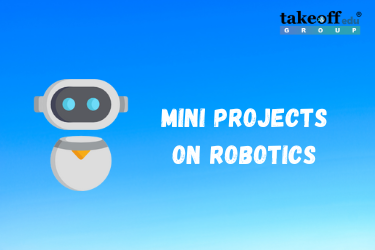 21+ Interesting Mini Projects on Robotics
21+ Interesting Mini Projects on Robotics 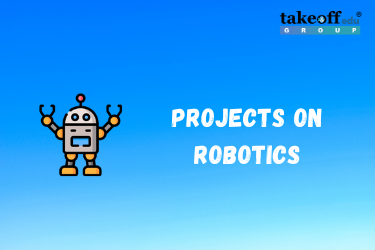 Engineering Student Projects on Robotics
Engineering Student Projects on Robotics 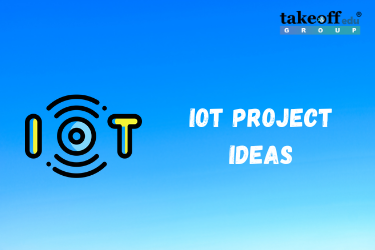 Innovative IoT Project Ideas for Engineering Students 2022
Innovative IoT Project Ideas for Engineering Students 2022 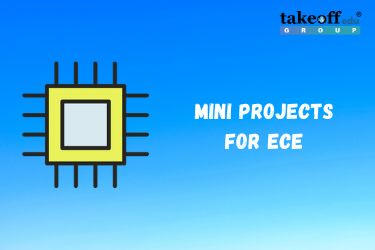 Latest Mini Projects for ECE Students 2022
Latest Mini Projects for ECE Students 2022 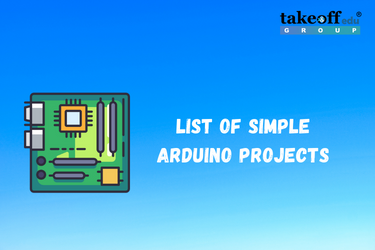 List of Simple Arduino Projects
List of Simple Arduino Projects 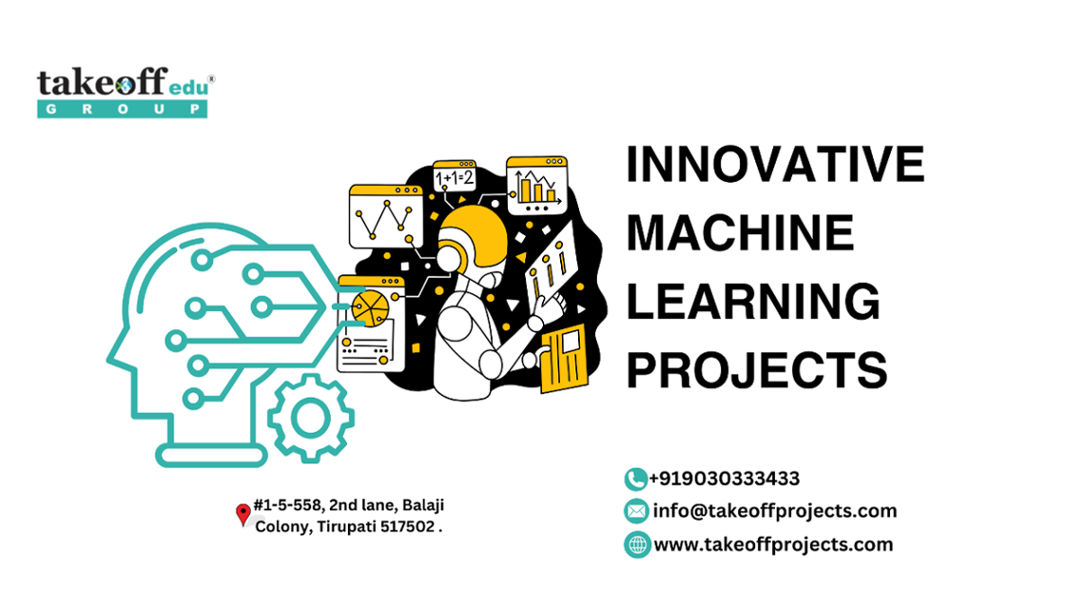 Innovative Machine Learning Projects
Innovative Machine Learning Projects  9 Raspberry Pi Final Year Projects
9 Raspberry Pi Final Year Projects 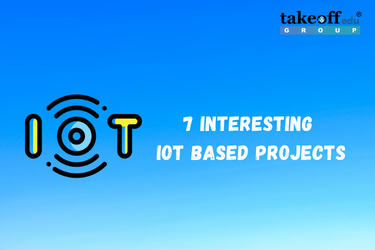 7 Interesting IoT Based Projects
7 Interesting IoT Based Projects 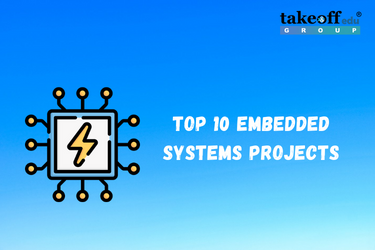 Top 10 Real Time Embedded Systems Projects for Students 2022
Top 10 Real Time Embedded Systems Projects for Students 2022 
 Paper Publishing
Paper Publishing


